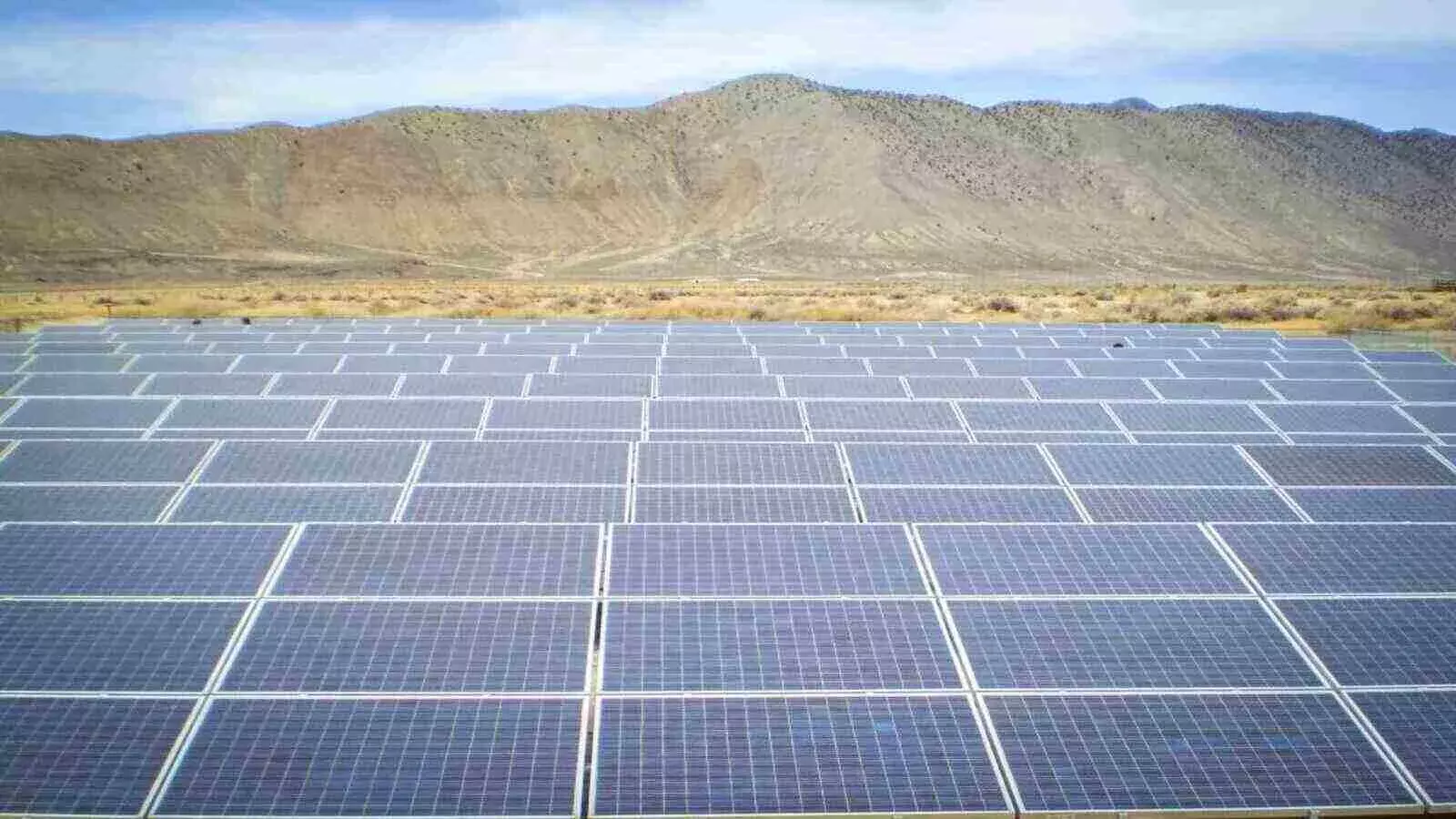Factcheck: Did India's Solar Power Surge 11 Times In The Last 5 Years?
PM Modi said that India is not only on track to achieve its Paris Agreement targets but is to exceed them beyond expectations.

While addressing the Climate Ambition Summit on December 12, 2020, PM Modi said that India is not only on track to achieve its Paris Agreement targets but is to exceed them beyond expectations. He also claimed that India's solar capacity had grown from 2.63 GW in 2014 to 36 GW in 2020.
This claim is true. The National Solar Mission which is under the National Action Plan on climate change was launched on January 11, 2010 by former Prime Minister Manmohan Singh with a target of 20 gigawatts (GW) grid connected solar power by 2022. The NSM is a major initiative of the government of India to promote ecological sustainable growth and to meet the challenges of climate change. However the UPA government managed to install only 2.6 GW of solar power during its regime.
In 2014, the NDA government set an ambitious target of installing 175 GW of renewable energy capacity by the year 2022, which included 100 GW from solar, 60 GW from wind, 10 GW from bio-power and 5 GW from small hydro power. Hence the mission now targeted 100 GW by 2022 from the initial 20 GW by the UPA government. As per the Paris Accord on climate change, India has undertaken to install at least forty percent of its total electricity generation capacity from non-fossil fuel sources by 2030.
Current Status
The solar capacity has increased over 11 times (from 2.6 GW) since the year 2014. As of November 30, 2020, the solar power capacity of India is at 36 GW -- data from the Ministry of New and Renewable Energy show. The government launched various schemes to encourage the generation of solar power in the country such as the Solar Park Scheme, Bundling Scheme, Grid Connected Solar Rooftop Scheme, among others. Karnataka is the state with the highest installed solar power generation capacity in the country at 6,269 megawatts (MW). According to a Lok Sabha response, as per August 31, 2020, a cumulative renewable energy capacity of 134.49 GW has been installed in the country and almost 38% of India's electricity generation capacity is from non-fossil fuel sources.


